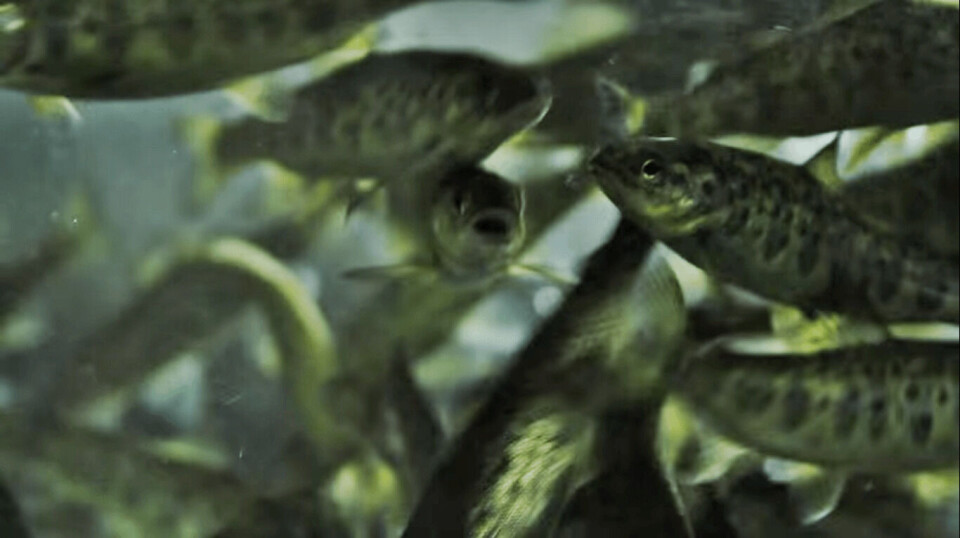
Salmon tolerance to hydrogen sulphide is lower than previously thought
Exposure trials show that H₂S concentration of 1.78 ± 0.39 μM is maximum level
Scientists at the Technical University of Denmark (DTU Aqua) have established a new value for the critical acute concentration of hydrogen sulphide (H₂S) that Atlantic salmon can tolerate. H₂S, which can build up in recirculating aquaculture systems (RAS), inhibits cellular respiration.
“In recent years, mass mortalities of Atlantic salmon have been reported in RAS due to acute H₂S exposure. This highlights the importance of obtaining a better understanding of tolerance thresholds and metabolic responses to this toxic gas,” stated researchers Julie Hansen Bergstedt and Peter Vilhelm Skov.
During exposure trials, three size groups (range ⁓100-500 g) of fish were exposed to progressively increasing H₂S concentrations until oxygen uptake decreased below the standard metabolic rate or loss of equilibrium occurred, which the scientists considered to be the critical H₂S concentration (H₂Scrit).
Excess oxygen consumption
Fish were then allowed to recover in H₂S-free water to determine the excess oxygen consumption (EOC) following H₂S exposure. The results show that Atlantic salmon have a lower tolerance to H₂S than previously estimated, with a mean H₂Scrit of 1.78 ± 0.39 μM (micromolars) H₂S, which was independent of size of fish.
During recovery, the estimated excess oxygen consumption (EOC) greatly exceeded the accumulated oxygen deficit (DO₂) in all groups, and the small salmon had a significantly larger EOC.
While the magnitude of the EOC was greater for small salmon, it did not differ in duration (recovery time) among the different sizes of fish. The larger EOC showed that H₂S exposure had a greater effect on the recovery phase of the small salmon, and exposure to H₂S may leave the fish more vulnerable to other stressors post-exposure.
Monitoring systems
The research shows the importance of implementing systems for monitoring hydrogen sulphide, the scientists said in their conclusion.
“The most fail-safe approach would be the implementation of H₂S-sensor systems for continuous measurement in order to alert production managers well in advance.
They added that the higher excess oxygen consumption seen in the smaller fish showed that production facilities need to consider the excess oxygen requirement for the fish if they are exposed to H₂S.
Standardised protocol
Future efforts on H₂S toxicity and tolerance should focus on examining and comparing the activity of enzymes that metabolise H₂S and gaining knowledge on the mechanisms that facilitate removal of sulphide.
“Finally, it is imperative that a standardised protocol for conducting H₂S -tolerance studies is determined, which will allow for a comparison of H₂S tolerance within species,” wrote the researchers.
Read the paper, Acute hydrogen sulfide exposure in post-smolt Atlantic salmon (Salmo salar): Critical levels and recovery, here.






















































